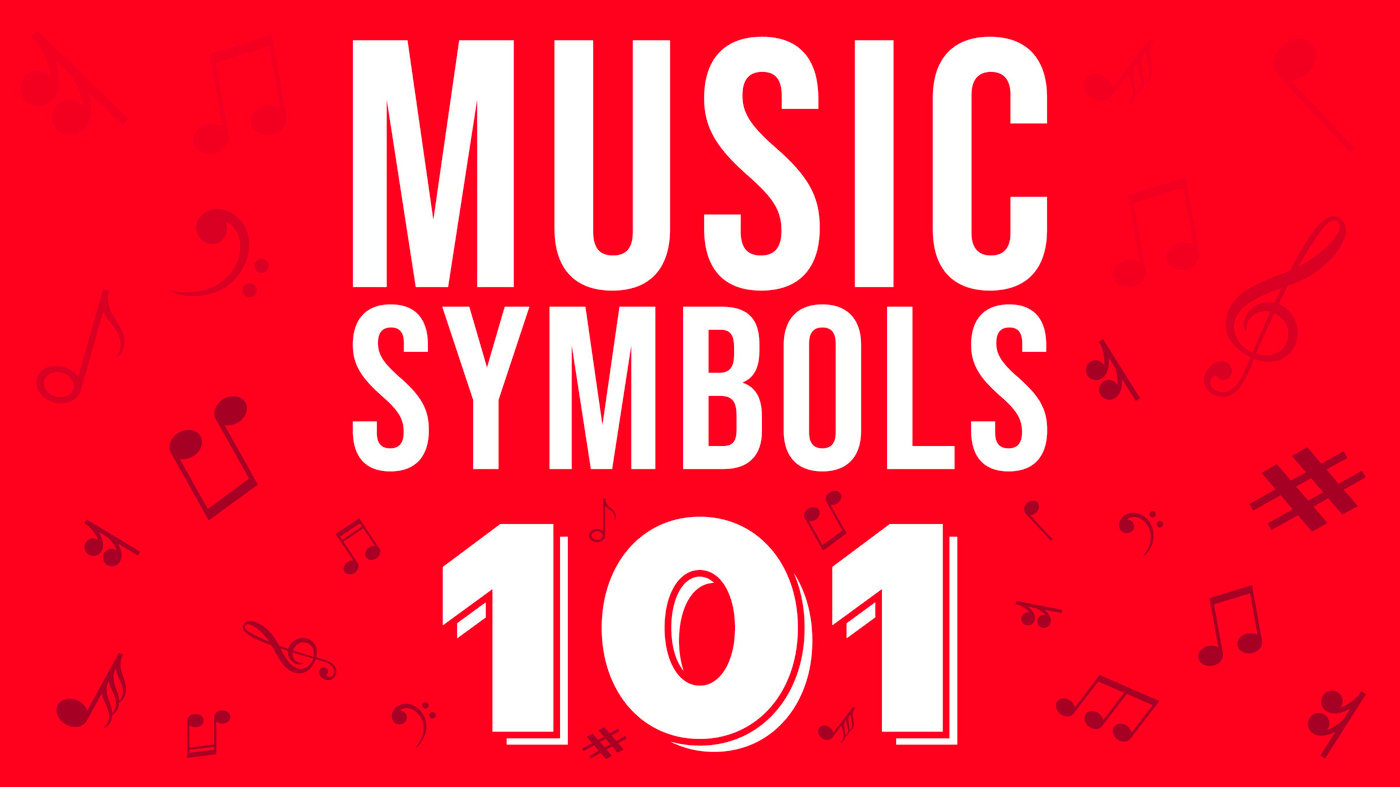
Understanding music symbols is crucial for reading and interpreting piano sheet music. In this blog post, we will explore the fundamental music symbols and their meanings, providing you with a comprehensive guide to navigate the world of musical notation. From the basics like notes and rests to more advanced symbols such as dynamics and articulations, we’ll decode the essential elements that bring sheet music to life.
Table of Contents:
The bass clef is also known as the F-clef because it wraps around the fourth line of the staff, where the F below middle C lives. This clef is used for lower-pitched instruments and voices, such as the bass guitar, cello, tuba, and (usually but not always!) the left hand of the piano.
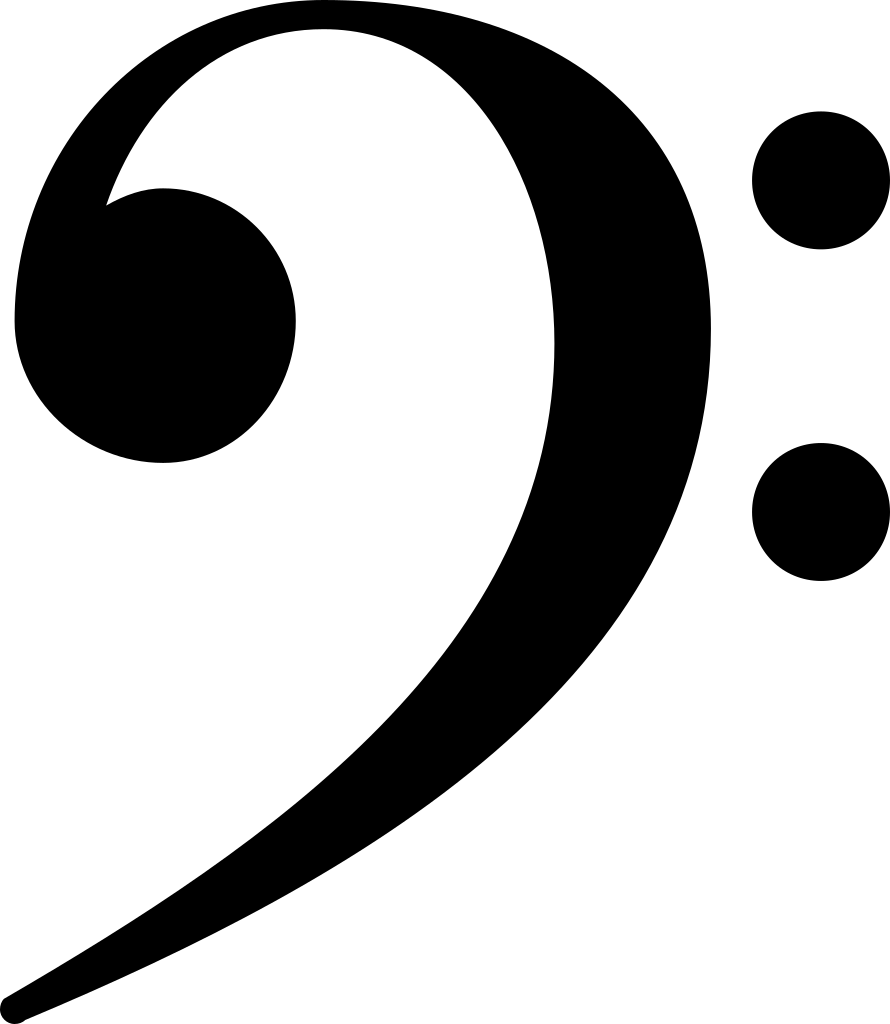
The treble clef is also called the G-clef because the swirl curls around the second line of the staff, where the G above middle C lives. This clef is used for higher-pitched instruments and voices, such as the violin, flute, trumpet, and (usually but not always!) the right hand of the piano.
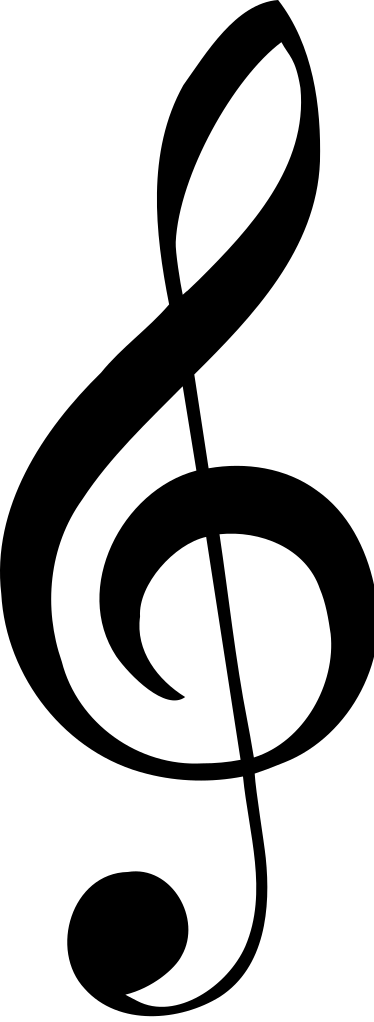
The symbol 8va indicates that a passage should be played one octave higher than written. “8va” is usually written above the staff and affects all notes until the end of the passage indicated by a dashed line.
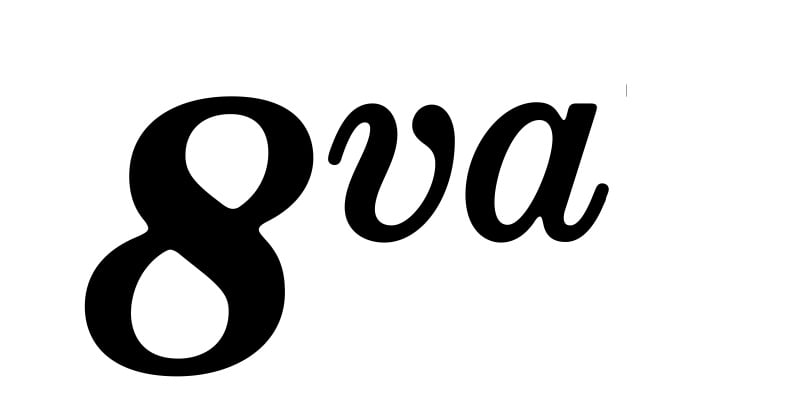
The flat symbol (♭) indicates a note should be lowered by a half step (semitone). For example, if you see a B♭, it means you should play the note that is one half step lower than B.

Tge double flat symbol (𝄫) indicates a note should be lowered by two half steps (two semitones), or a whole step, from its natural pitch. For example, if you see a B𝄫, it means you should play the note that is two half steps lower than B, which is the same pitch as A.

The natural symbol (♮) cancels any previous sharps or flats and returns the note to its original, unaltered pitch. For example, if a note has been raised to C♯ or lowered to B♭ earlier in the piece, placing a natural sign before the note would return it to a regular C or B.

The sharp symbol (♯) indicates a note should be raised by a half step (semitone). For example, if you see a C♯, it means you should play the note that is one half step higher than C.

The double sharp (𝄪) indicates a note should be raised by two half steps (two semitones), or a whole step, from its natural pitch. For example, if you see an F𝄪, it means you should play the note that is two half steps higher than F, which is the same pitch as G.

The common time symbol represents a time signature of 4/4. This means there are four beats in each measure, and each beat is a quarter note in duration.

The cut time symbol represents a time signature of 2/2, meaning there are two beats in each measure, and each beat is a half note in duration.

An eighth rest represents a silence lasting for the duration of an eighth note.
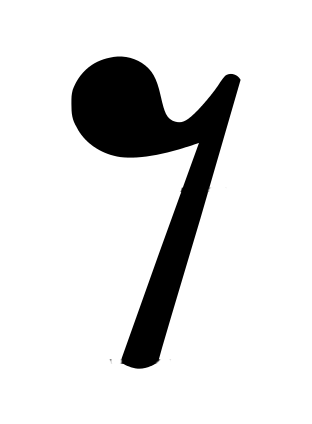
A half rest represents a silence lasting for the duration of a half note.

A quarter rest represents a silence lasting for the duration of a quarter note.
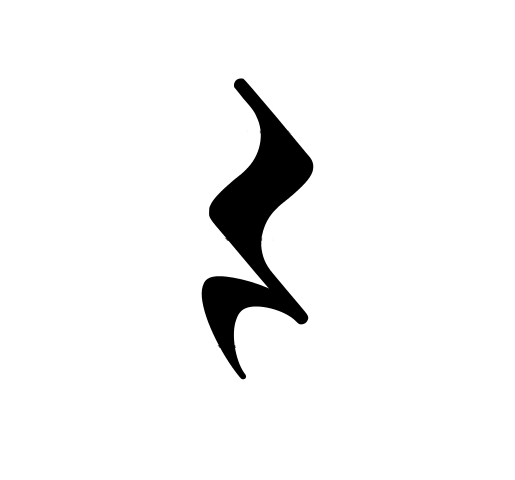
A sixteenth rest represents a silence lasting for the duration of a sixteenth note.
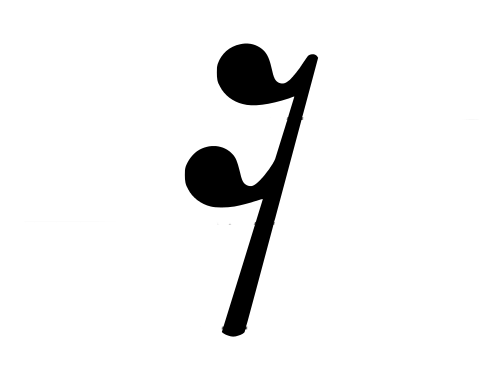
A thirty-second rest represents a silence lasting for the duration of a thirty-second note.
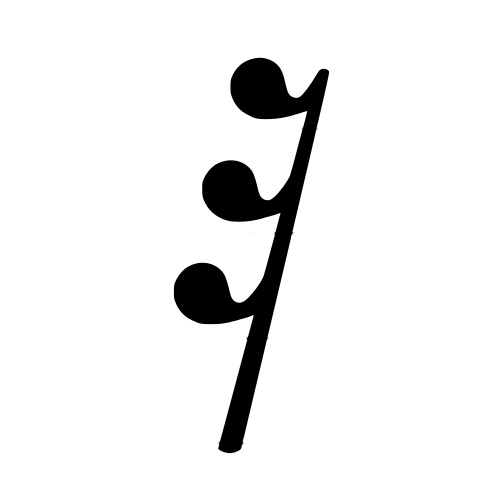
A tie connects two notes of the same pitch, indicating that they should be played as a single, sustained note. Hold the note for the combined duration of both notes.

A whole rest represents silence lasting for the duration of a whole note. It can also represent silence lasting for the duration of the entire measure, regardless of time signature.
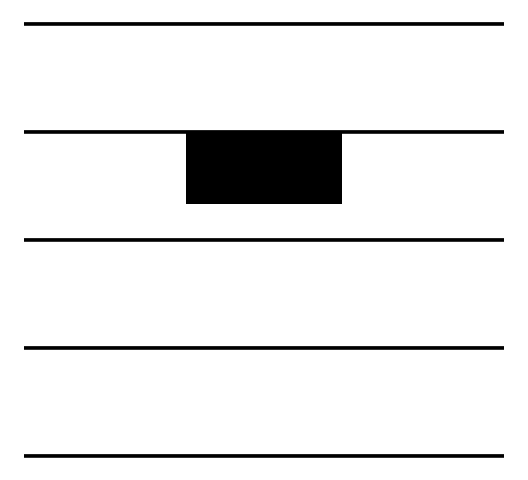
An accent indicates a note should be played with extra emphasis or force.
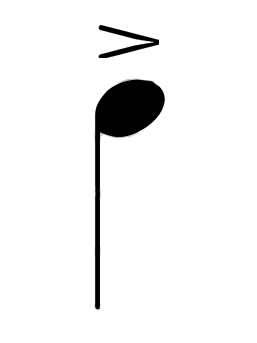
A crescendo indicates a gradual increase in volume. It can also be represented by the abbreviation “cresc.”
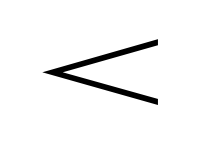
A decrescendo indicates a gradual decrease in volume. It can also be represented by the abbreviation “decresc.”
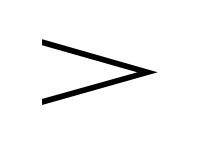
A fermata resembles half a circle with a dot above or below a note or a rest. It indicates that the note should be held or sustained longer than its written value.

A glissando looks like a squiggly line between two notes, indicating sliding from one note to the other.
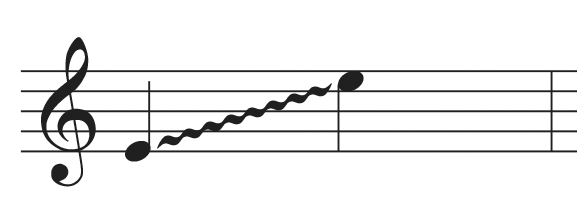
A grace note is a small, decorative note written in smaller print before a main note. It is played very quickly and lightly, almost as an ornament. It is usually shown with a small slash through the stem or note head.
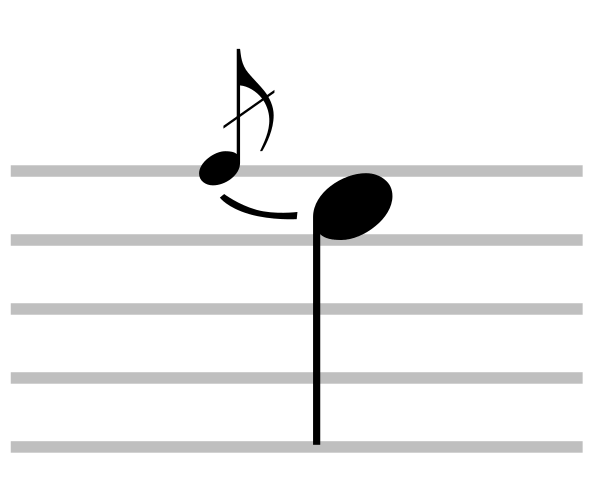
Mordents are ornamental markings that look like short squiggly lines above notes. They are played as short trills, with variations of the mordent indicating the direction of the trill:
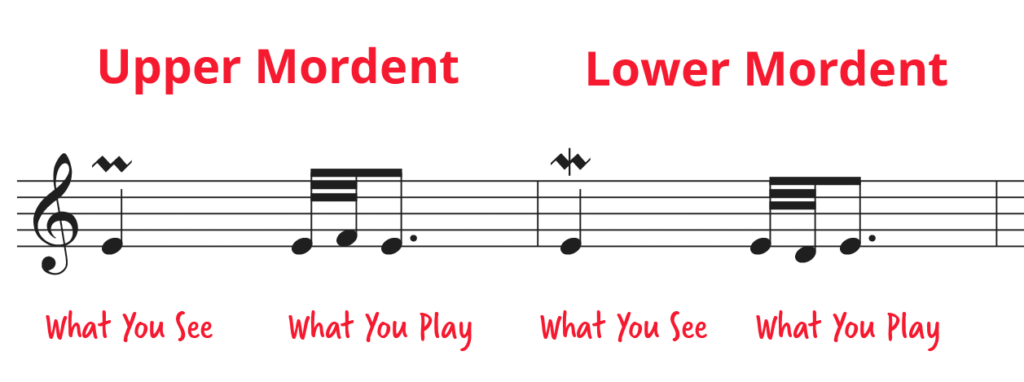
A slur connects two or more notes of different pitches, indicating that they should be played smoothly and connectedly, without any breaks between them. This technique is known as legato playing.
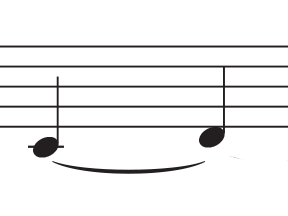
A staccato indicates the note should be performed in a short, detached manner, creating a crisp, percussive effect.
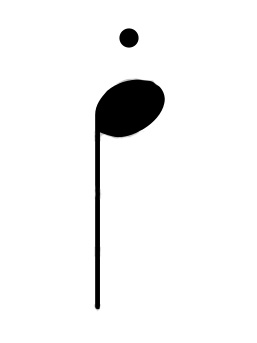
Tenuto indicates a note should be played with its full, notated value, or slightly longer. When a note is marked with tenuto, the musician emphasizes the note, giving it a slightly more sustained and deliberate articulation.
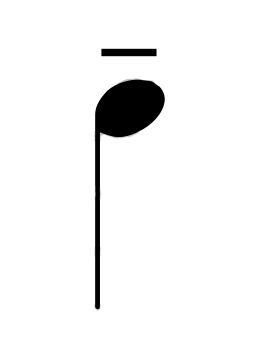
To tremolo means to play the note rapidly and tremolos are often used to build tension. A tremolo is indicated by diagonal lines or slashes drawn through the stem of the note having the tremolo, with the number of lines representing speed or intensity.
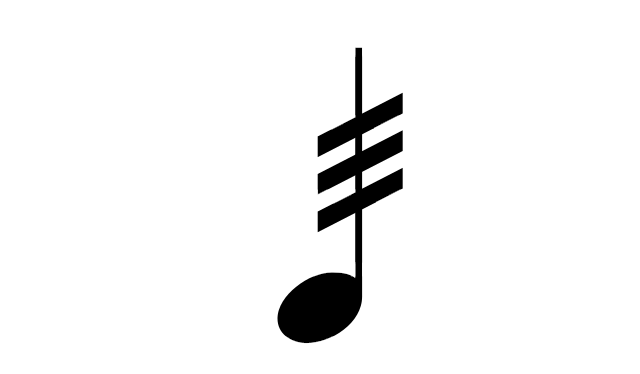
A trill is an ornamentation that involves the rapid alternation between a main note and the note immediately above it in the scale. It can be indicated by the abbreviation “tr” or by a wavy line.

A turn is represented by a sideways, S-shaped symbol above a note. It’s a quick ornamentation that involves rapidly playing the note above the main note, the main note, the note below, and back to the main note.

The coda symbol indicates the starting point of the concluding passage, or coda, of a piece. It is used with other navigation markings such as “D.S. al Coda” (Dal Segno al Coda) or “D.C. al Coda” (Da Capo al Coda), which instruct the musician to go back to a specified sign (Segno or the beginning, respectively) and then jump to the coda when they encounter the words “To Coda.”

A repeat sign indicates a section of the music should be played again. When a musician encounters this sign, they go back to the beginning of the piece or to the nearest start repeat sign.
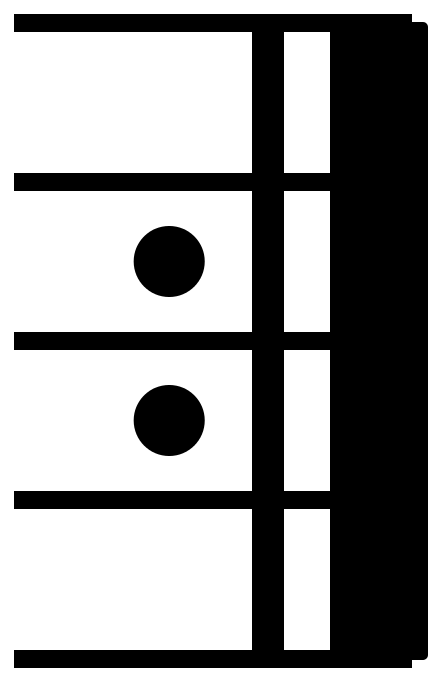
The segno symbol indicates where a musician should return to within a piece. This symbol is often used with instructions such as “D.S.” (Dal Segno), which means “from the sign,” directing the musician to go back to the segno symbol and continue playing from that point.
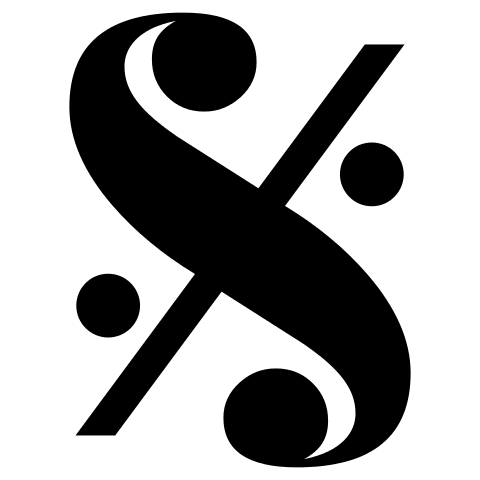
Get exclusive interviews, fascinating articles, and inspiring lessons delivered straight to your inbox.
Pianote is the Ultimate Online Piano Lessons Experience™. Learn at your own pace, get expert lessons from real teachers and world-class pianists, and join a community of supportive piano players. Learn more about becoming a Member.
/marketing/pianote/lead-gen/getting-started/coach.webp)
/marketing/pianote/lead-gen/getting-started/logo.webp)
By signing up you’ll also receive our ongoing free lessons and special offers. Don’t worry, we value your privacy and you can unsubscribe at any time.
We use cookies for traffic data and advertising. Cookie Policy »